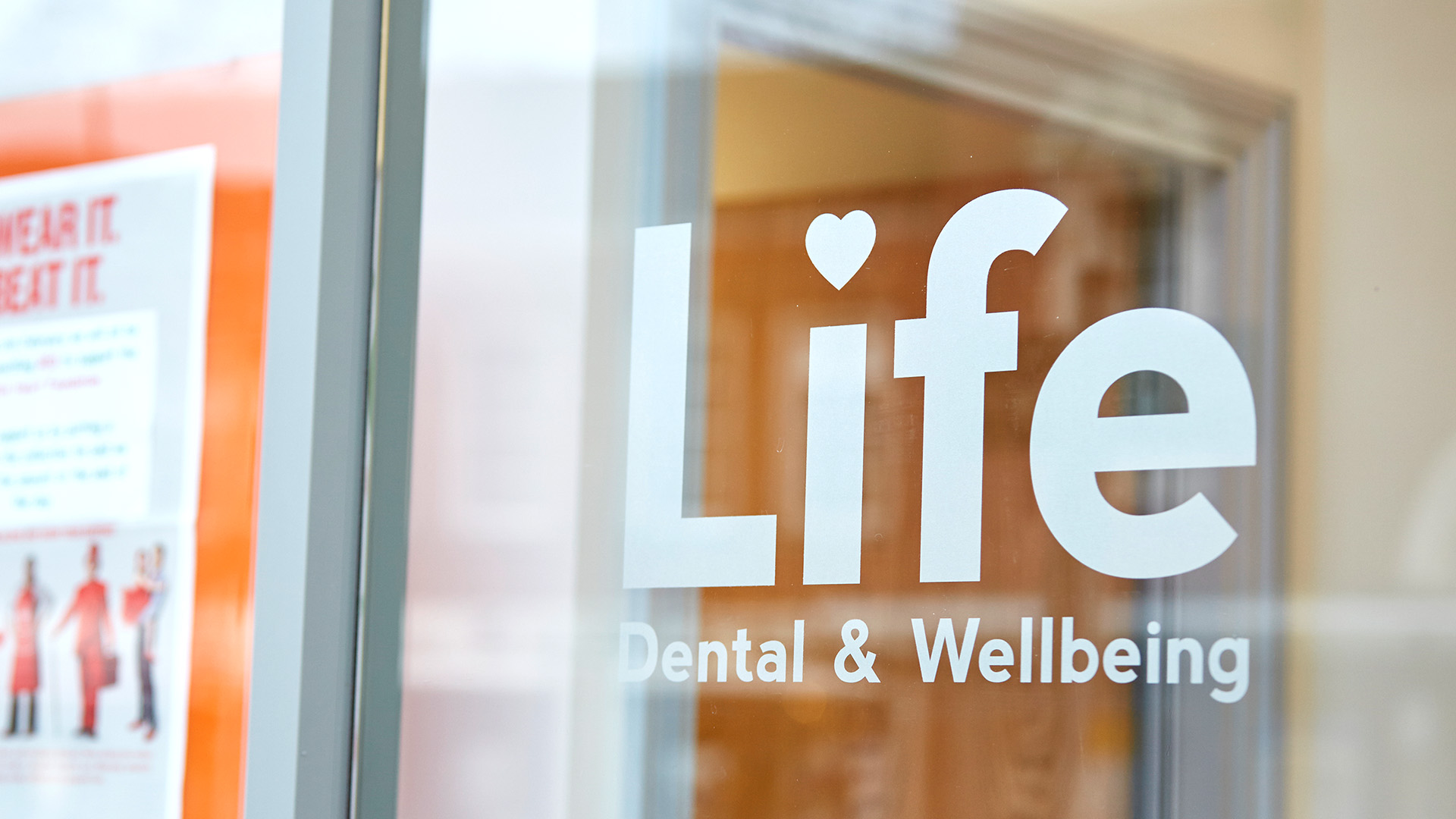
Crowns
Restoring and protecting teeth

1 What does it involve?
Reshaping of the tooth then moulds taken to allow the construction of a porcelain or gold crown that sits over the tooth to protect it.2 How many appointments?
Two appointments usually a fortnight apart.3 How much does it cost?
Dependant on the materials used £825.50-£1020.00
What is a dental crown?
Where a tooth has become heavily broken down as a result of decay, fracture or trauma placing a dental crown is often the preferred method of restoring the tooth.
A crown or ‘cap’ as it is sometimes referred to is a restoration that is used to cover the remaining structure of a tooth. In most instances, the crown is made from porcelain to mimic the tooth, encasing what remains of it, and additionally, helps protect the tooth from further fracturing. This is especially necessary when dealing with root-filled teeth which are much more prone to fracture.
On back teeth where the teeth are exposed to much greater loading and the protective properties of the crown are the main reason for placing them, the crown can be made of a gold alloy or a new improved super hard porcelain. The latter is a much stronger option making them the longest lasting restorations that a dentist can place.
What is the procedure for having a crown fitted?
The procedure for making a dental crown involves initially reshaping the tooth to a dome shape, then taking a mould of the tooth and the opposing teeth using a very accurate putty material. The moulds are then sent to our dental laboratory nearby and are used to make plaster models. This is undertaken by our expert dental technician, Mr Anthony Spencer, who uses the models to precisely construct a new porcelain crown with all the nuance and beauty of a real tooth. To achieve the best possible cosmetic appearance we often ask that you visit him yourself in order to shade match the crown with your own teeth.
Because of the time and workmanship that goes into making a crown by our Exeter dentist, Ben Pearson, there is normally a gap of a fortnight between the mould taking and the cementing of the new crown, during which time a temporary crown will be provided.
Where there are a number of broken or heavily filled adjacent teeth, we will sometimes recommend that multiple crowns are made. The advantage of this is that by making all the new crowns at the same time they can be made to match and complement each other both in colour and shape so giving you a more natural smile.



